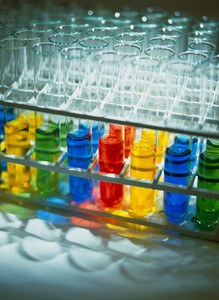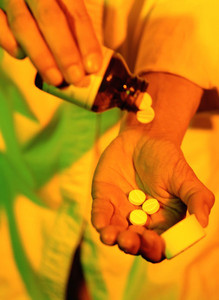As reported by Ian Haydock in Scrip News of 19 January 2010, the debate over reforms to Japan's drug reimbursement pricing system is continuing to inch ahead, with signs emerging that the changes could be a double-edged sword for the industry.
Japan wants to stimulate generics and biosimilars
Home/Policies & Legislation
|
Posted 12/02/2010
 0
Post your comment
0
Post your comment

Mr Haydock informs that the Central Social Insurance Medical Council (Chuikyo), which advises the Japanese ministry of health, labour and welfare, put forward a basic framework in December 2009, which has been the subject of ongoing discussions and fine-tuning with no final agreement reached as yet.
Based on the regular survey of actual (discounted) weighted average market prices carried out before every biennial price cut, the average reduction in April 2010 is expected to be around 6.4%, net of a standard 2% ‘reasonable zone’ of allowable discounts.
Mr Haydock writes that it has emerged that long-listed drugs on the reimbursement tariff and with generic competition will also likely be subject to an additional 2.2% average reduction on top of the figure for individual products calculated through the price survey. “This is slightly above the 2% level the industry had been hoping for, the increase apparently coming as part of wider budget balancing discussions with the ministry of finance”, he writes. According to him, it will not be the first time for such an additional reduction to be imposed on older products. But, if adopted, the move stands to hit less innovative smaller companies reliant on mature drugs, and it is already drawing concern from industry groups.
Mr Haydock reports that Chuikyo is also calling for a reduction in the pricing premium granted to new drugs in common medical use elsewhere but previously unapproved in Japan, if developers do not meet certain timelines. This would mean an effective penalty for companies failing either to advance clinical trials or to make approval filings within set periods, following an official request for the development of the product or the necessary data becoming available.
The system is also expected to apply to previous off-label uses for which official approval is sought, and discussions are focusing on the appropriate size of the premium to be granted to such products. The aim is to encourage the more rapid development of new therapies for unmet medical needs in Japan. A special committee on unapproved drugs under the ministry already reviews availability, hears opinions from experts and makes recommendations to companies on the development of such products, Mr Haydock writes.
Biosimilars and generics
Mr Haydock reports that in materials from its deliberations, Chuikyo notes it is also continuing to look at new incentives and systems to increase the uptake of generics, and at the setting of appropriate prices for biosimilar products.
“The current indications are that the latter could be priced at close to 80% of the current price of the original drug, should they be given a proposed standard 10% premium over normal generics. First-time generics are now reimbursed at 70% of the original's price”, he writes.
The change would be in recognition of the higher development costs for biosimilars, but still leaving some differential with the original product to generate savings for the healthcare system, Mr Haydock concludes.
Reference:
Ian Haydock. Give and take as Japanese pricing reforms edge forward. Scrip News. 2010 January 19.
Source: Scrip News
Guidelines
New guidance for biologicals in Pakistan and Hong Kong’s independent drug regulatory authority
Canada poised to remove requirement for Phase III trials for biosimilars
Most viewed articles
The best selling biotechnology drugs of 2008: the next biosimilars targets
Global biosimilars guideline development – EGA’s perspective
Related content
ANVISA tackles 24-month backlog in biologicals post-registration petitions
US EO: delivering Most-Favored-Nation Prescription Drug Pricing to American patients
Uruguay to establish independent AUVISA drug agency for healthcare reform
Malaysia announces Screening Package for new drugs and biologicals
ANVISA tackles 24-month backlog in biologicals post-registration petitions

Home/Policies & Legislation Posted 10/10/2025
US EO: delivering Most-Favored-Nation Prescription Drug Pricing to American patients

Home/Policies & Legislation Posted 03/10/2025
Uruguay to establish independent AUVISA drug agency for healthcare reform

Home/Policies & Legislation Posted 17/09/2025
Malaysia announces Screening Package for new drugs and biologicals

Home/Policies & Legislation Posted 25/08/2025
The best selling biotechnology drugs of 2008: the next biosimilars targets






Post your comment